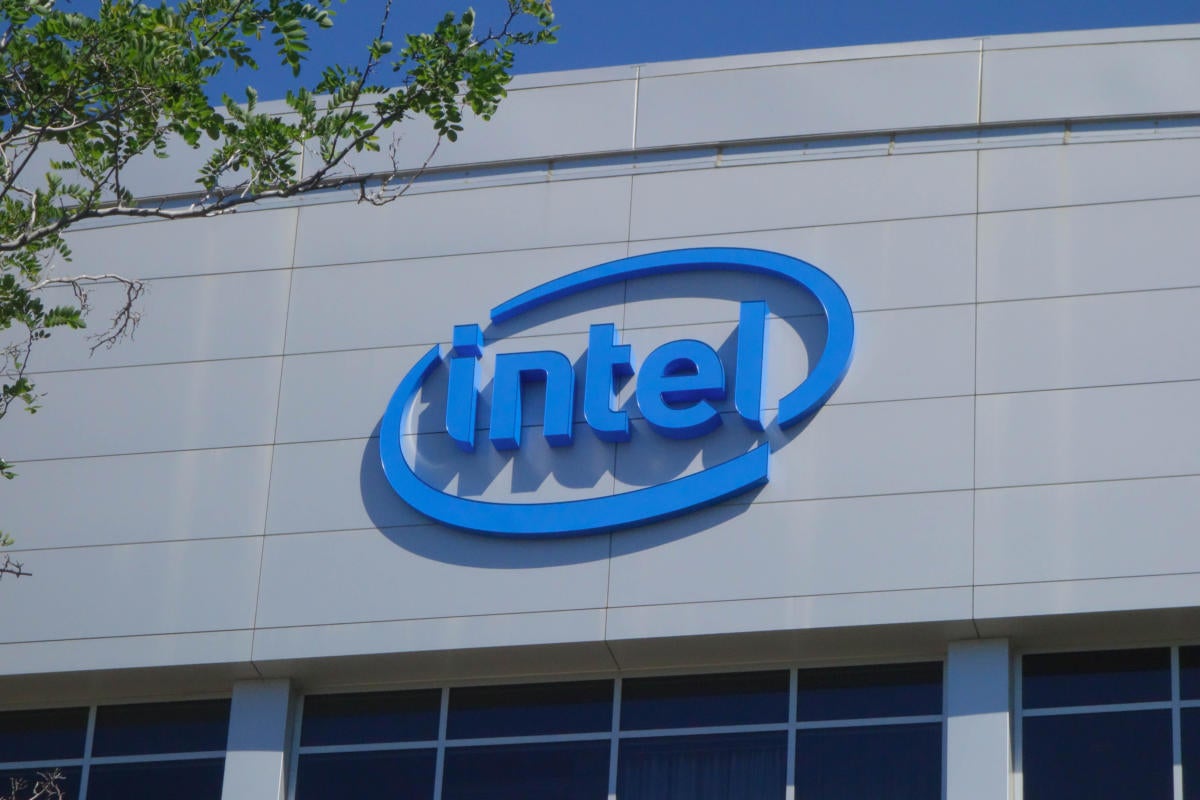“A penny saved is a penny earned” appears to be the new motto for Intel, which has struggled to grow revenue due to an over-reliance on PC sales and instead plans to cut annual costs to $10 billion a year by 2025.
Intel reported a 20% drop in third-quarter revenue to $15.3 billion and a staggering 85% drop in profit to $1 billion for the quarter ended Oct. 1. In the previous quarter, Intel’s revenue was down 22%.
The chipmaker also cut its annual revenue guidance for the second time this year to $63 billion, down from the $65-68 billion it expected at the end of the last quarter, which was lower than initial revenue guidance of $76 billion dollar.
To counter the woefully low profit, Intel said it is aiming for $3 billion in cost reductions in 2023, which it aims to improve to $8 to $10 billion in annual savings by the end of 2025.
“This will help improve margin and EPS and improve share price,” said Pareekh Jain, CEO, EIIRTrend & Pareekh Consulting. “However, their over-reliance on the PC and server segment is their main vulnerability. It had no footprint in the mobile sector. It lags in GPU and AI chips behind Nvidia and in server chips behind AMD.”
The cost cuts could also affect thousands of jobs, affecting about 20 percent of Intel’s workforce, according to Bloomberg report. Intel CEO Pat Gelsinger confirmed on an analyst call Thursday that layoffs are indeed on the horizon, but did not share any details.
“Our efforts will include steps to optimize our headcount.” These are difficult decisions that affect our loyal Intel family,” Gelsinger said during the call Thursday, according to a transcript from Seeking Alpha.
The company’s Client Computing Group, which includes computer chips, generated $8.12 billion in revenue, down 17%. PC shipments in the third quarter were down nearly 20%, according to the Gartnerafter nearly two years of rapid growth fueled by the pandemic.
The decline in demand for PCs affects not only Intel but also competitors. However, Intel is more exposed to fluctuations in demand in the PC segment than any of its competitors. Less than a fifth of AMD’s quarterly revenue of $5.6 billion, for example, came from the client segment, which includes revenue from PC and notebook chip sales, while for Intel’s Client Computing Group, revenue accounted for more than half of total revenue .
But Intel lags behind even in segments that are growing fast for rivals — the data center and advanced chips. Intel’s data center and AI segment fell 27% in the quarter to $4.21 billion, while AMD’s data center revenue rose 45% in the same quarter. In fact, for the embedded segment, AMD reported a 1,549% increase in revenue. Nvidia, on the other hand, reported a 61% increase in data center revenue in its most recently reported quarterly results.
“In data centers, we were growing slower than the market,” admits Gelsinger. “The TAM data center is holding up better, although enterprises in China continue to show signs of weakness, as do some, but not all, cloud customers.”
While Intel reported a huge decline in PCs and data centers, the picture looks less dramatic in the smaller business units, which are quickly catching up. The Network and Edge segment, for example, which includes networking products, earned $2.27 billion, up 14% year over year.
Intel’s self-driving technology company Mobileye, which went public on Wednesday, reported 38% year-over-year revenue growth of $450 million. Intel continues to control the device after the IPO.
Likewise, Intel’s Accelerated Computing Systems and Graphics Group grew 8% to $185 million in the quarter.
“One good part of the third quarter results is that research and development spending increased compared to the third quarter last year. They should not reduce research and development costs, as it is extremely important to develop and launch new products in new segments. Cutting costs in both areas may be desirable to right-size the company,” Jain said. “With these results, Intel will face challenges in arranging funds for new foundries and other investments. They contacted Brookfield Asset Management to take a stake in their foundry in Arizona. They will have to rely on similar financing models for other foundry investments as well.”
Copyright © 2022 IDG Communications, Inc.
https://www.computerworld.com/article/3678294/intel-forced-to-cut-jobs-and-spending-as-revenue-continues-to-decline.html#tk.rss_all
